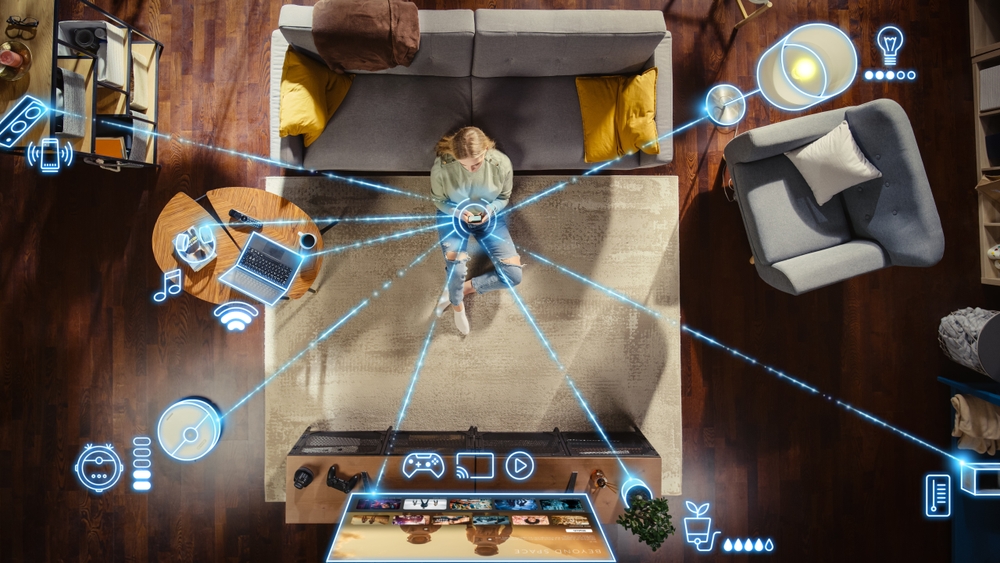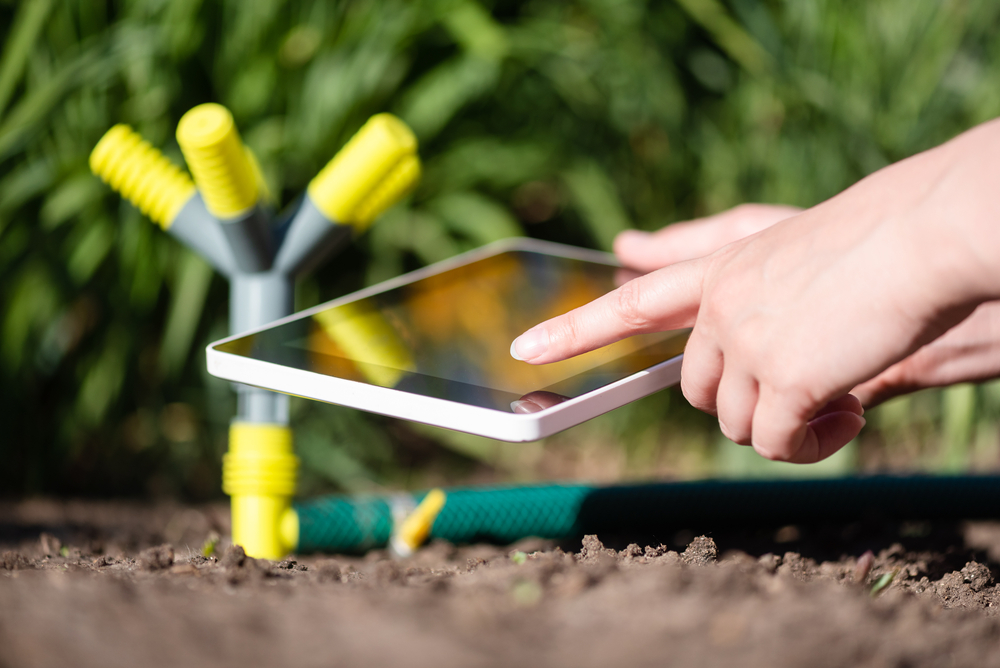The Internet of Things (IoT) is revolutionizing our interaction with technology by integrating connectivity into everyday objects, enabling unprecedented levels of automation and data collection. Whether you’re a tech enthusiast, a student, or a professional looking to expand your skill set, diving into IoT projects can be both fun and educational. In this blog, we’ll explore several IoT projects that not only offer a hands-on experience but also deepen your understanding of how this technology works.
1. Smart Home Automation System
One of the most popular IoT projects is creating a smart home automation system. This project connects multiple household devices to a central hub, enabling remote control of these devices. For example, you can set up your lighting, heating, and security systems to adjust automatically according to your personal preferences.

Components Needed:
– Raspberry Pi or Arduino
– Smart bulbs and plugs
– Motion sensors
– Smart thermostats
– IoT hub (like Amazon Echo or Google Home)
Steps:
1. Set up your Raspberry Pi or Arduino as the central controller.
2. Connect your smart devices to the central hub.
3. Write a program to control these devices based on specific triggers, such as time of day or motion detection.
4. Use voice commands or a mobile app to manage your smart home system.
This project not only familiarizes you with IoT devices but also teaches you about network protocols, sensor integration, and programming.
2. DIY Weather Station
Building a DIY weather station is an excellent project to understand how IoT can be used for environmental monitoring. This project allows you to measure temperature, humidity, and atmospheric pressure and then upload this data to a cloud platform for real-time monitoring.
Components Needed:
– Raspberry Pi or Arduino
– Temperature and humidity sensor
– Barometric pressure sensor
– Internet connection module (Wi-Fi or Ethernet shield)
– Cloud service account (like ThingSpeak)
Steps:
1. Connect the sensors to your Raspberry Pi or Arduino.
2. Develop a program that gathers data from the sensors.
3. Create an account on a cloud service and set up your device to transmit data to the cloud.
4. Visualize the data using the cloud service’s dashboard.
This project helps you learn about sensor data collection, cloud computing, and data visualization, which are critical skills in the IoT landscape.
3. Smart Garden System
A smart garden system is a perfect IoT project for those interested in combining technology with gardening. This system can monitor soil moisture levels and automate watering schedules, ensuring your plants get the right amount of water.
Components Needed:
– Raspberry Pi or Arduino
– Soil moisture sensor
– Water pump
– Relay module
– IoT platform (like Blynk)
Steps:
1. Set up the soil moisture sensor and connect it to your microcontroller.
2. Write a program to monitor soil moisture levels and activate the water pump when necessary.
3. Utilize an IoT platform to oversee and manage the system remotely.
This project teaches you about sensor integration, automation, and remote monitoring, making it an excellent introduction to practical IoT applications.
4. IoT Security Camera
Creating an IoT security camera is a rewarding project that enhances your home security while giving you hands-on experience with video streaming and motion detection technologies.
Components Needed:
– Raspberry Pi with a camera module
– Motion sensor
– Cloud storage service (like AWS or Google Drive)
– IoT app for alerts (like IFTTT)
Steps:
1. Attach the camera module to your Raspberry Pi.
2. Configure the motion sensor to activate the camera.
3. Write a program to capture video or images when motion is detected and upload them to the cloud.
4. Configure an IoT app to send alerts to your smartphone.
Through this project, you’ll learn about video processing, cloud storage, and real-time alert systems, which are key components of IoT security applications.
5. Wearable Health Monitor
Wearable health monitors are gaining popularity, and building your own can be an exciting project. This device can track various health metrics, such as heart rate, and upload the data to a health monitoring platform.
Components Needed:
– Arduino or ESP32
– Heart rate sensor
– Bluetooth module
– Health monitoring platform (like Google Fit)
Steps:
1. Connect the heart rate sensor to the Arduino or ESP32.
2. Develop a program that gathers and analyzes heart rate data.
3. Utilize the Bluetooth module to transmit this data to a smartphone.
4. Sync the data with a health monitoring platform.
This project provides insights into wearable technology, data processing, and Bluetooth communication, essential aspects of modern IoT health applications.
6. Smart Irrigation System
A smart irrigation system is a great project for understanding how IoT can optimize water usage in agricultural settings. This system monitors soil moisture and weather conditions to efficiently manage irrigation schedules.
Components Needed:
– Arduino or Raspberry Pi
– Soil moisture sensor
– Weather API (like OpenWeatherMap)
– Water valve and pump

Steps:
1. Set up the soil moisture sensor and connect it to your microcontroller.
2. Integrate the weather API to get real-time weather data.
3. Write a program to control the water valve and pump based on soil moisture and weather forecasts.
4. Use a web dashboard to monitor and adjust the system.
This project emphasizes the crucial role of data integration and decision-making within IoT systems, especially in the agricultural sector.
Conclusion
Exploring IoT projects is a fantastic way to deepen your understanding of technology while having fun. Whether you’re automating your home, monitoring the environment, enhancing security, or optimizing health and agriculture, these projects provide valuable hands-on experience. They teach you about sensors, microcontrollers, cloud computing, and data integration, all of which are critical components in the growing field of IoT. By undertaking these projects, you’ll not only gain practical skills but also a greater appreciation for the potential of IoT to transform everyday life.


